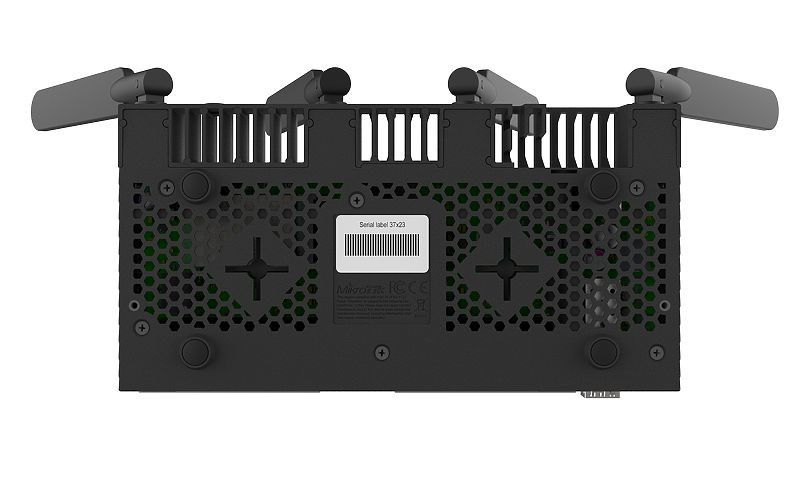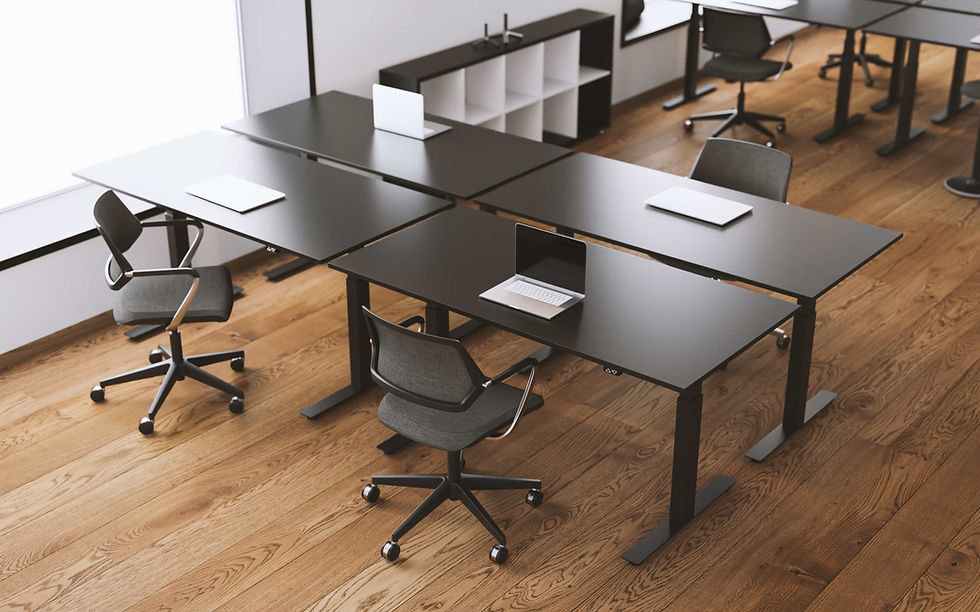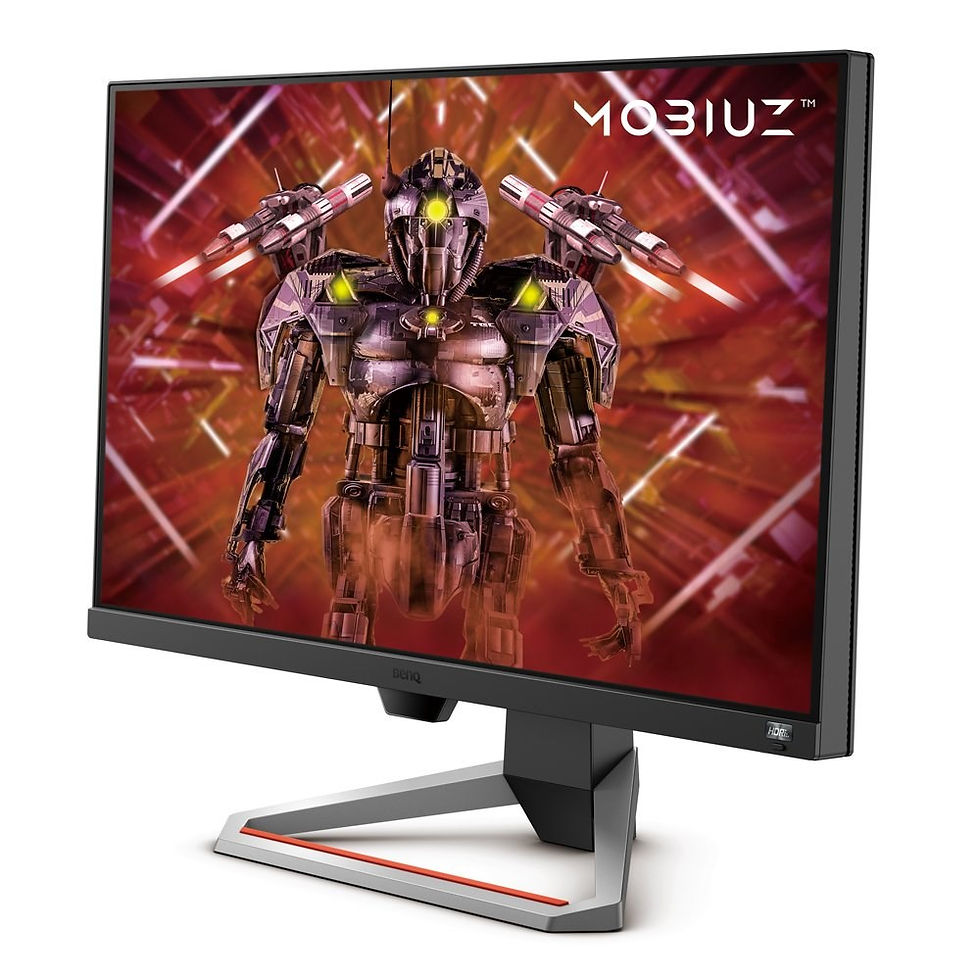Wi-Fi Routers & Networking devices
Selecting the best Wi-Fi routers and networking devices involves evaluating key features such as speed, range, and security. Opt for dual-band or tri-band routers to enhance connectivity and accommodate multiple devices, especially in larger spaces. Mesh networking systems are ideal for eliminating dead zones and providing seamless coverage throughout your home. Additionally, prioritize routers that support the latest Wi-Fi standards, like Wi-Fi 6, to ensure optimal performance and future-proof your network.
How to Choose the right Wi-Fi routers & networking devices


Before choosing a router or networking device, think about the size of your space, how many people use the network, and what they do online—video calls, streaming, gaming, or simple browsing. Matching Wi-Fi technology, speed, and coverage to your needs will keep your connection smooth and reliable.
1. Assess your internet speed and usage
Check the speed from your internet provider and how you use it:
-
Basic browsing & email → entry-level dual-band router is usually enough.
-
Streaming, video calls, remote work → mid-range Wi-Fi 5 or Wi-Fi 6 router.
-
Heavy multi-user / gaming / 4K streaming → high-performance Wi-Fi 6 or Wi-Fi 6E with strong CPU and more antennas.
Choose a router that can comfortably handle a bit more than your current plan.
2. Decide between a single router or mesh system
-
Single router – good for small flats, single rooms, or compact offices.
-
Mesh Wi-Fi system – better for larger homes, multi-storey offices, or layouts with thick walls. Mesh nodes work together to give seamless coverage with one network name.
If you already struggle with dead zones, consider going straight to a mesh solution.
3. Look for modern Wi-Fi standards
For future-proofing, prioritise:
-
Wi-Fi 5 (802.11ac) – still good for many setups.
-
Wi-Fi 6 (802.11ax) – better performance in busy environments with lots of devices.
-
Wi-Fi 6E – adds the 6 GHz band in supported regions for less congestion.
Newer standards handle more devices and traffic more efficiently.
4. Choose dual-band or tri-band
-
Dual-band routers use 2.4 GHz and 5 GHz. Great for most users.
-
Tri-band routers add an extra 5 GHz (or 6 GHz) band, giving more “room” for traffic—helpful in busy homes, gaming environments, or small offices.
If you have many devices, tri-band can reduce congestion.
5. Check ports and connectivity options
Look for:
-
enough Gigabit LAN ports for wired PCs, switches, or smart TVs
-
USB ports if you want to share storage or a 4G/5G modem
-
support for VPN, QoS, and guest networks if you need more control
Wired connections are still ideal for stationary devices that need maximum stability.
6. Consider security and software features
Choose routers that support:
-
WPA3 (or at least WPA2) encryption
-
automatic firmware updates
-
built-in firewall and, if needed, parental controls or content filters
These keep your network safer and easier to manage.
7. Think about future expansion
If you expect to add more devices or expand your space, pick a router or mesh system that can easily be extended with extra nodes or works well with additional access points and switches.
8. Plan placement and installation
Place the main router centrally and away from thick walls, metal cabinets, or enclosed furniture. For mesh systems, position nodes so their coverage overlaps slightly. Good placement can improve performance as much as faster hardware.
Summary
The right Wi-Fi router and networking setup gives you fast, stable internet across your home or office, even when many devices are connected at the same time.
You might like
FAQ – Wi-Fi routers & networking devices
1. What speed router do I need for my internet plan?
Choose a router with a maximum wireless speed higher than the speed in your internet contract. This ensures the router is not the bottleneck and can handle peak use.
3. When should I use a mesh Wi-Fi system?
Use mesh Wi-Fi in larger homes or offices, multi-storey buildings, or places with thick walls where a single router can’t cover everything. Mesh nodes create one seamless network with better coverage.
2. What is the difference between Wi-Fi 5 and Wi-Fi 6?
Wi-Fi 6 offers better performance in busy environments, more efficient handling of multiple devices, and improved battery life for supported phones and laptops compared to Wi-Fi 5.
4. Do I need a separate modem and router?
It depends on your internet provider. Some devices combine both, but in many setups the modem connects to the internet and the router creates the Wi-Fi network. Check what your ISP has supplied.
5. Is 2.4 GHz or 5 GHz better?
-
2.4 GHz offers longer range and penetrates walls better but is often more crowded.
-
5 GHz is faster and less congested but has shorter range.
Most modern routers use both and let devices choose automatically.
6. How can I improve my Wi-Fi signal without changing router?
Try moving the router to a more central, open position, updating firmware, reducing interference from thick walls or metal objects, and connecting stationary devices via Ethernet where possible.
7. How often should I replace my router?
As a general rule, consider upgrading every 4–6 years, or sooner if you experience frequent drops, poor performance with many devices, or if your router lacks modern standards like Wi-Fi 6.
8. How do I keep my Wi-Fi network secure?
Use a strong, unique password, enable WPA2 or WPA3 encryption, keep firmware updated, and disable remote management if you don’t need it. You can also use a separate guest network for visitors.













































































